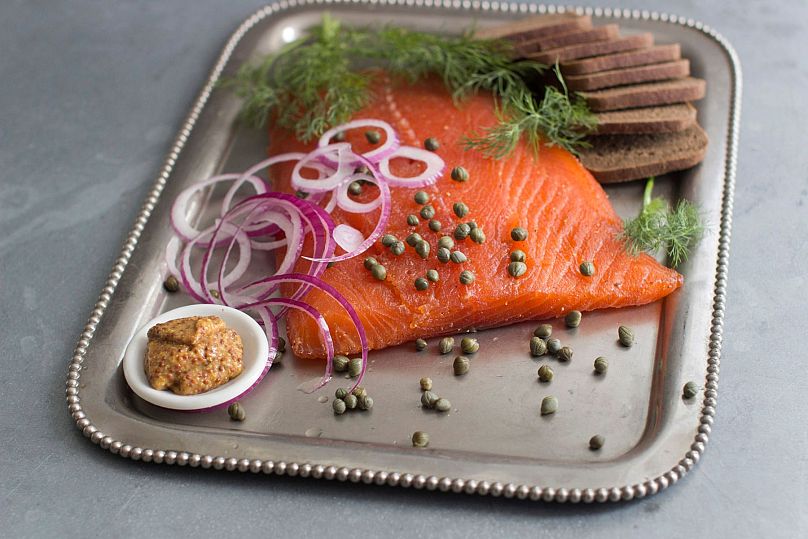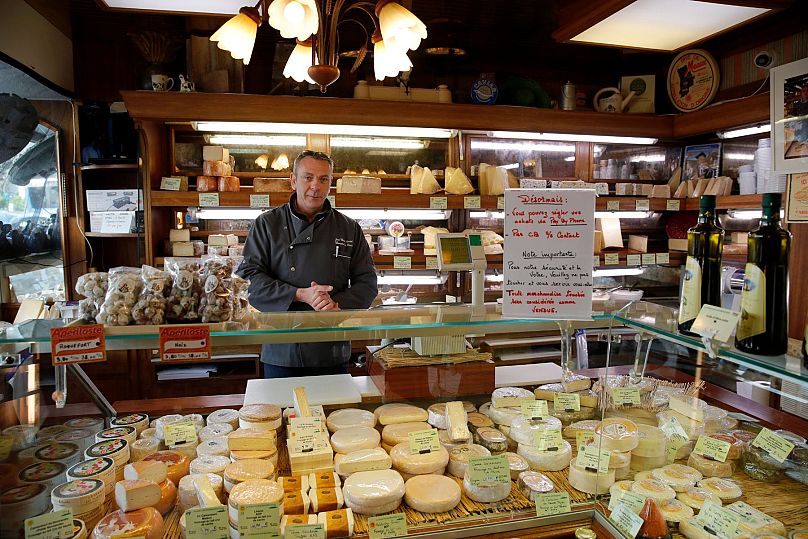It’s no secret that some countries eat better than others - but which are some of the healthiest in Europe?
We all know what merits a healthy diet. Fresh fruits and vegetables give us the vitamins and minerals we need to boost our immune systems against illness. Meat and fish are high in protein, which helps muscles grow and can boost metabolism. Wholegrains are full of fibre, along with beans and pulses.
And it’s no secret that some countries have, through the ages, have perfected the balance more than others. Of course, the simple science to this is that our ancestors survived off the food that naturally grew where they lived.
Rice, for example, was first discovered in Asia and Africa where native species grew. Coastal dwellers’ diets are seafood-based, high in iron and potassium. Fruits like mangoes and pineapples - packed with vitamin C and antioxidants - grow and are enjoyed in regions of the world with hot climates.
One study in particular - the brainchild of Ancel Keys, a Minnesota-based physiologist - was the first to deepdive how where we live can impact our health when it comes to diet especially.
It looked into the diets of thousands of men across Europe, the US and Japan to determine how what they were eating was affecting their health.
Along with finding “that serum cholesterol, blood pressure, diabetes and smoking are universal risk factors for coronary heart disease,” it also pulled out one key result that has since become something of a cornerstone in diet culture: the Mediterranean diet trumps all others when it comes to healthy eating.
Here’s why - and some of the other European countries that do it well.
Mediterranean cuisine
Mediterranean cuisine has topped lists like this one ever since the dietary deep dive conducted by Keys et al, which came to be known as ‘The Seven Countries Study’.
Rooted in vegetables, wholegrains, fish and dairy, the Mediterranean diet’s high nutrition, low-calorie staples are still widely credited with combatting obesity as well as conditions like diabetes and heart disease.
Research by Harvard University expands on this, outlining, “those who followed this type of diet had 25 per cent less risk of developing cardiovascular disease over the course of 12 years”.
Furthermore, “those who had the highest adherence to a Mediterranean diet showed a 24 per cent lower risk of cardiovascular disease and 23 per cent lower risk of premature death compared with those who had the lowest adherence,” it adds.
The countries that benefit from Mediterranean cuisine front the Mediterranean sea, including Greece, Spain and Italy.
Nordic cuisine
Not only are Nordic countries generally imputed to have better mental health than the rest of the world, but their diet isn’t too bad either.
Rye bread, locally sourced fruit and vegetables and freshly caught, oily fish are key players in the diets of countries including Norway, Finland, Iceland, Sweden and Denmark.
Nordic countries also have a habit of eating seasonally - which goes hand-in-hand with locally sourced products.
The advantages? Produce that is transported from abroad is often subject to freezing and preservatives so that by the time it arrives at its destination it has the appearance of being fresh.
French cuisine
The paradoxical nature of rich French food versus the country’s relatively low rates of heart disease has historically perplexed doctors and dieticians - until 1991, when Serge Renaud, a scientist from Bordeaux University, looked into it.
The findings? In France, it’s all about “la portion parfaite,” or “perfect serving”. While the French are renowned for cheese, bread, croissants and cured meats, all foodstuffs traditionally high in saturated fat, the widespread conclusion is they tend to be eaten in moderation.
Will Clower, CEO of Mediterranean Wellness LLC, has also presented research into how the French maintain low obesity figures and heart disease rates. One point Clower raises centres on the quality of the food being consumed; 80 per cent of France’s fat intake comes from whole dairy and vegetable sources - a considerably healthier option than the deep fried culture some countries are privy to.
Author Mireille Guiliano backs this up in her book ‘French Women Don't Get Fat’. She takes it a step further, suggesting the differences are cultural and habitual.
Savouring food, choosing quality over quantity, sticking to three meals a day without snacking, with an emphasis on variety are important practices in the French diet.




















